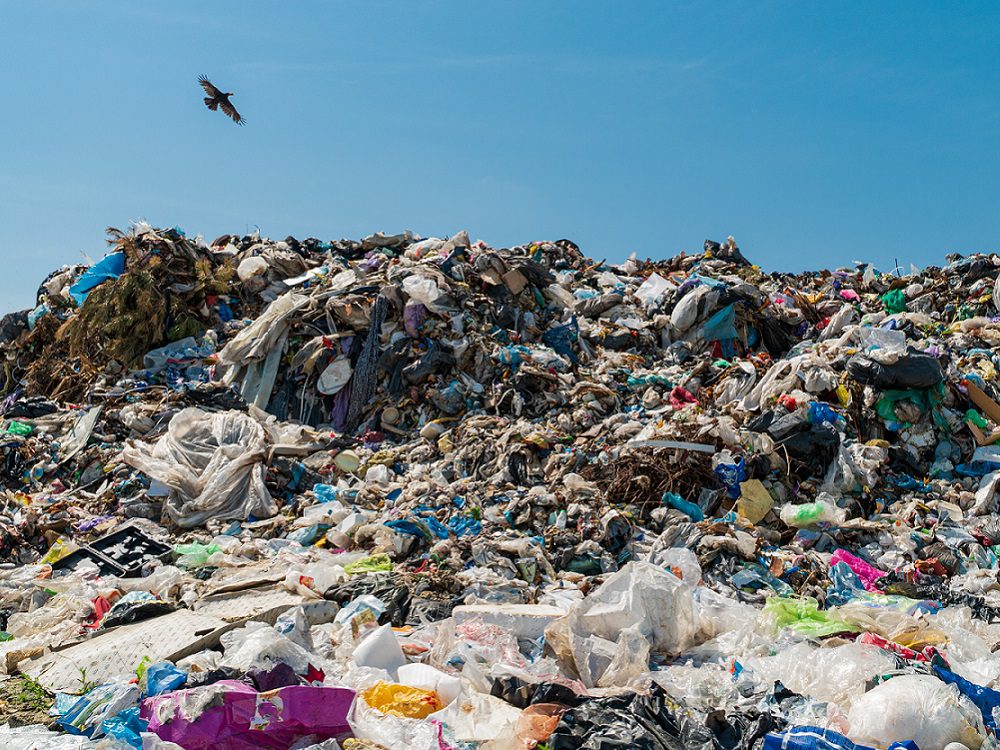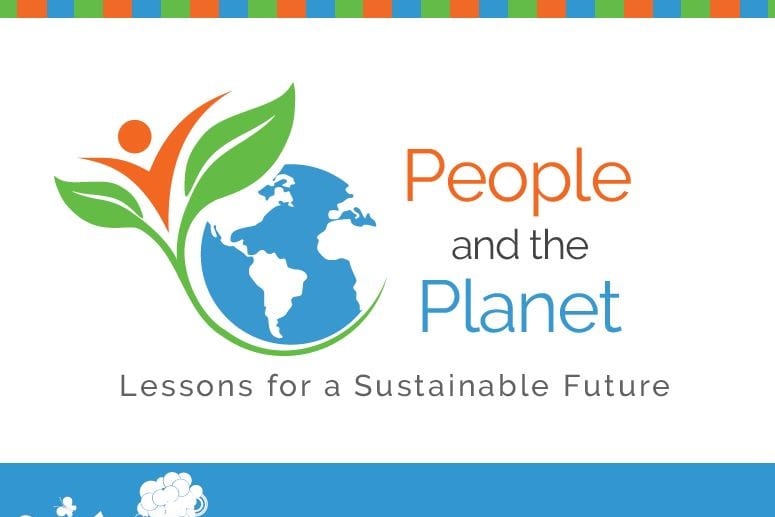Lesson Plan
Grades 6-8
Market Research
This lesson plan must be purchased as part of a lesson packet or as part of a full curriculum that is available in our store.
See Purchase OptionsResource Overview
Students visit the supermarket and investigate products’ containers and packaging options to determine which products would produce the least solid waste.
Students will be able to:
- Compare different sizes, containers, and packaging of products to determine which produce the least amount of solid waste.
- Create summary statements after completing real-world data collection.
- Identify at least three ways shoppers can make choices that help reduce solid waste and conserve natural resources.

Features of This Resource
- Students create summary statements after completing real-world data collection
- Great for Earth Day – how do our personal choices impact the natural world?
- Students must accurately recognize their values and how they influence their own behavior
How Do I Get This Lesson Plan?
This lesson plan must be purchased as part of a lesson packet or as part of a full curriculum that is available in our store.
Other Resources You Might Like:
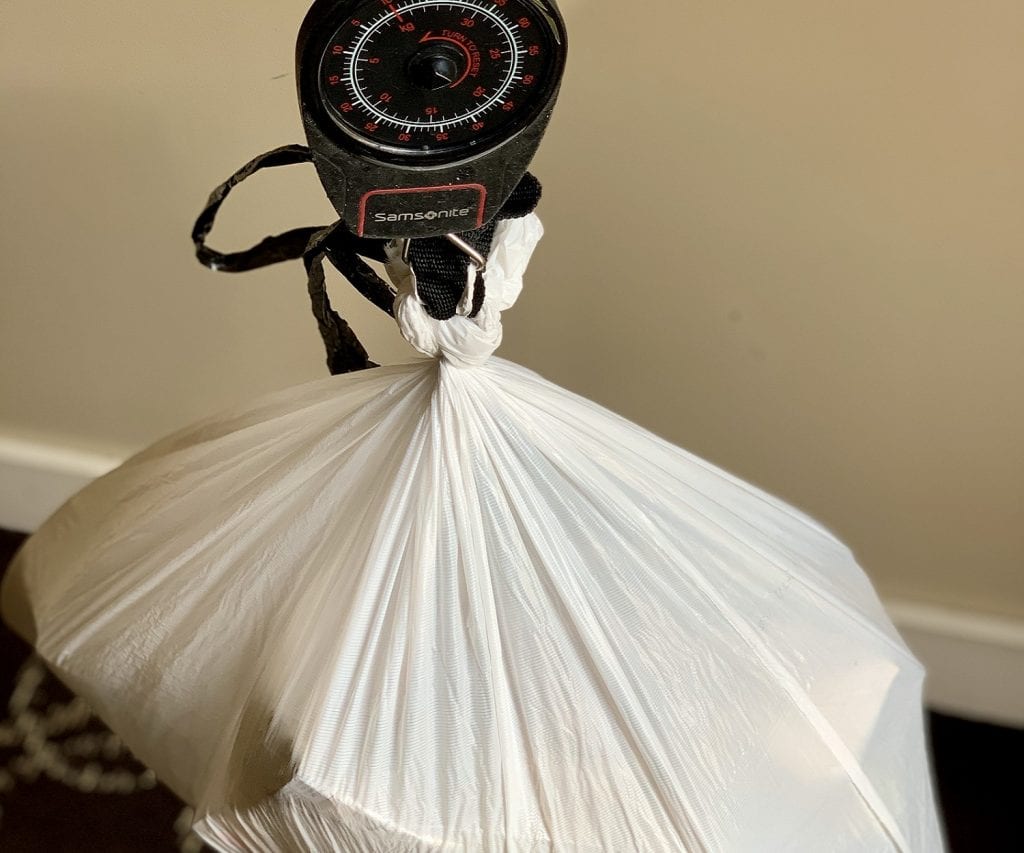
Students track their lunch waste every day for a week and test strategies for reducing the amount of generated trash.
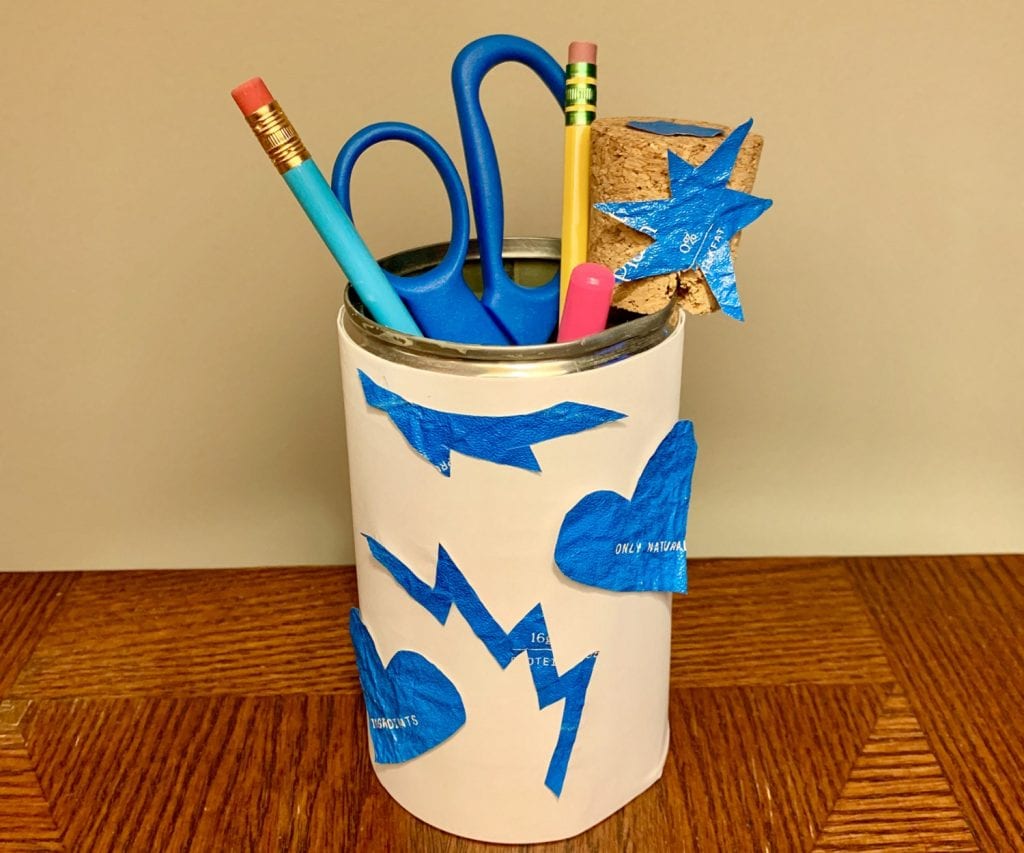
Students identify ways to reduce solid waste by creatively reusing items that might be disposed of. Students will be able... Read more »
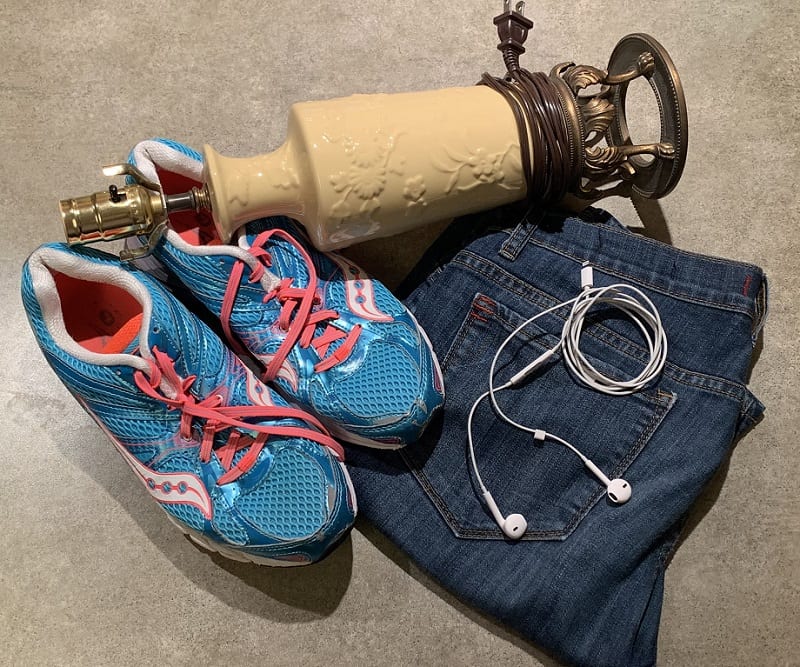
Students compare the life cycle stages of four everyday products in order to hypothesize which item has the lowest environmental... Read more »
Nice to meet you!
Tell us a bit about yourself so we can continue creating resources that meet your needs.
You’ll only need to fill out this form once. If you’ve already completed the form, you can confirm your email here.



